

It’s the opposite. If you pause the video you the viewers are almost always looking at the screen. The pause button on a mobile phone or web browser is literally on the player. You are guaranteed to see it immediately after you push the button. You will see it when you un pause. These ads are display banners not video. It only takes a second to see the ad.
Unlike video ads that just auto play, especially when the video player auto plays more videos, there probably is more probability you aren’t actually watching, unlike pause ads that require user activity and focus on the screen to push the pause button.
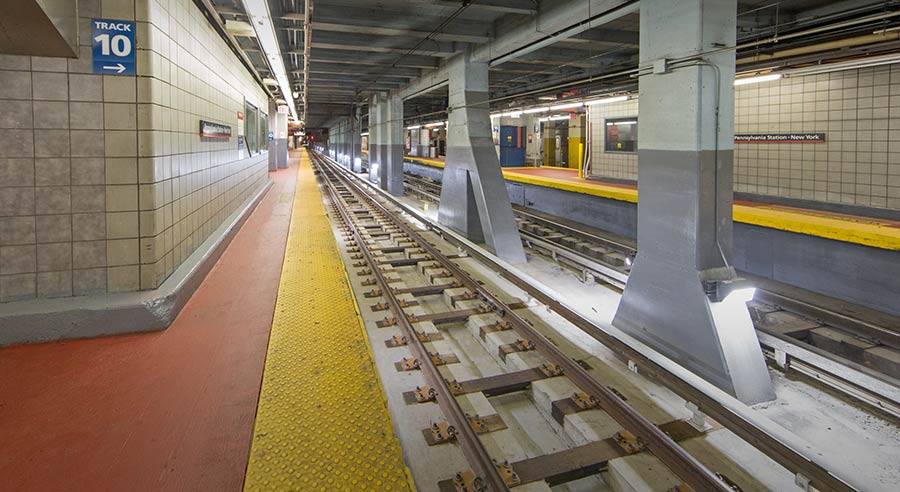
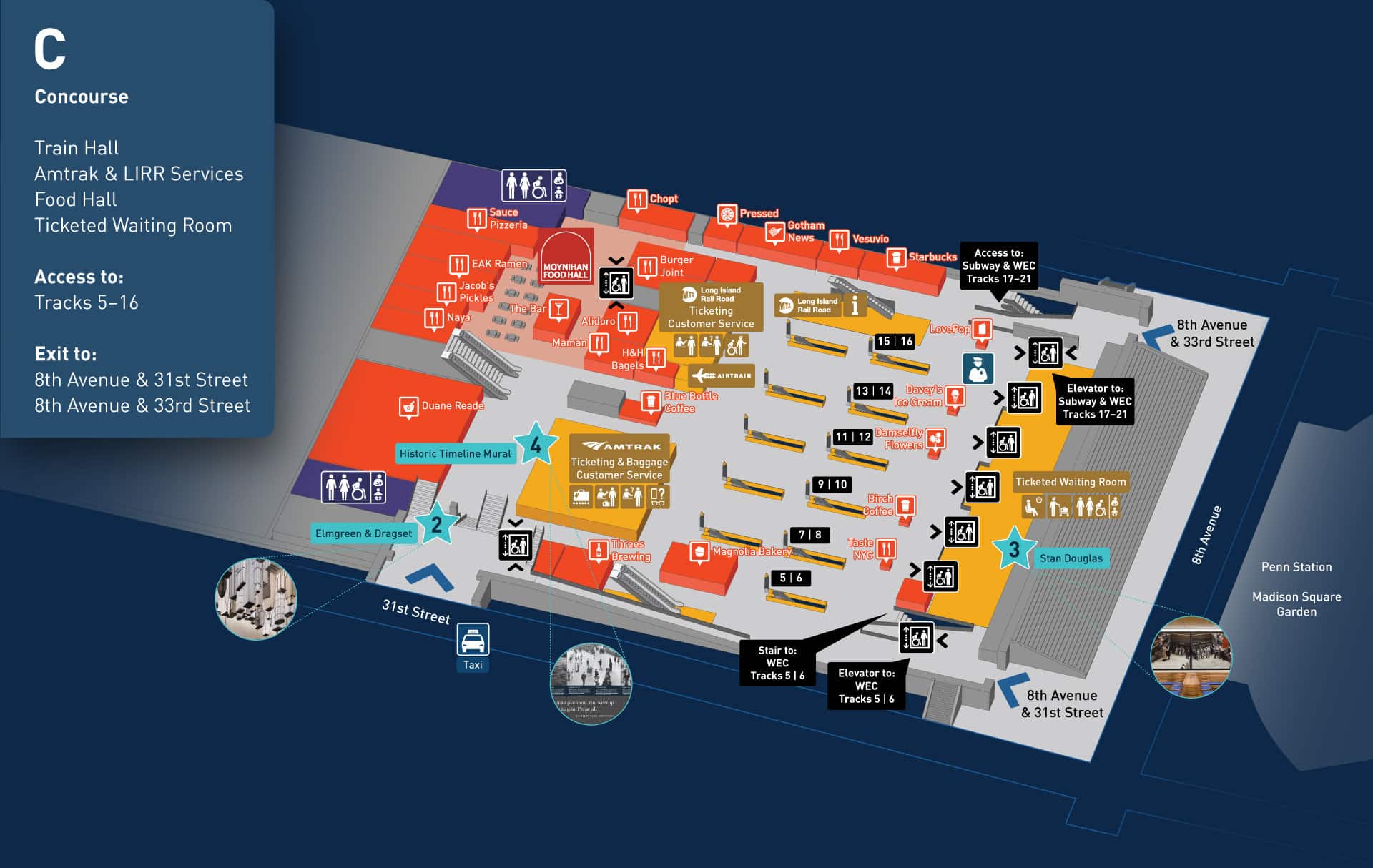
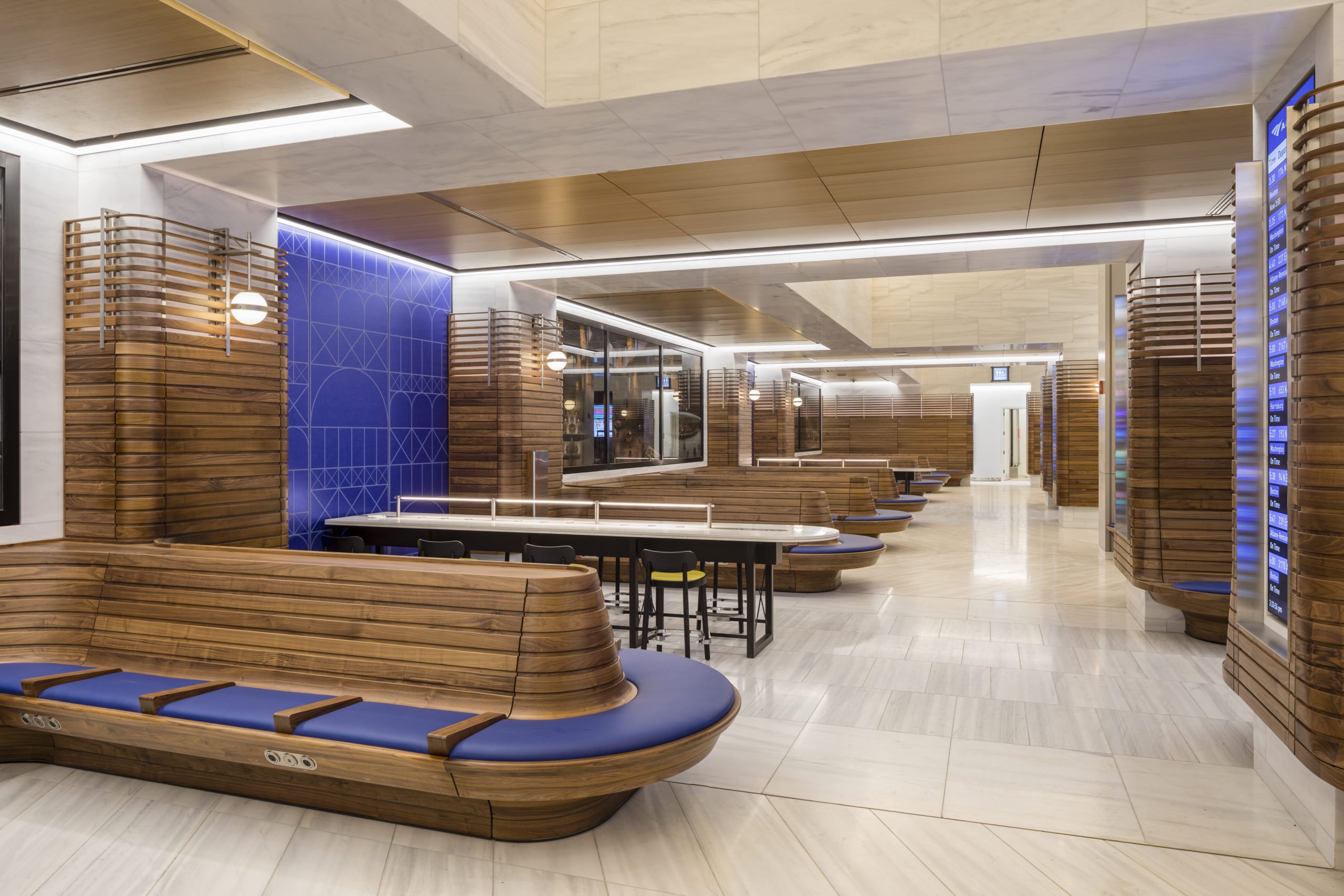
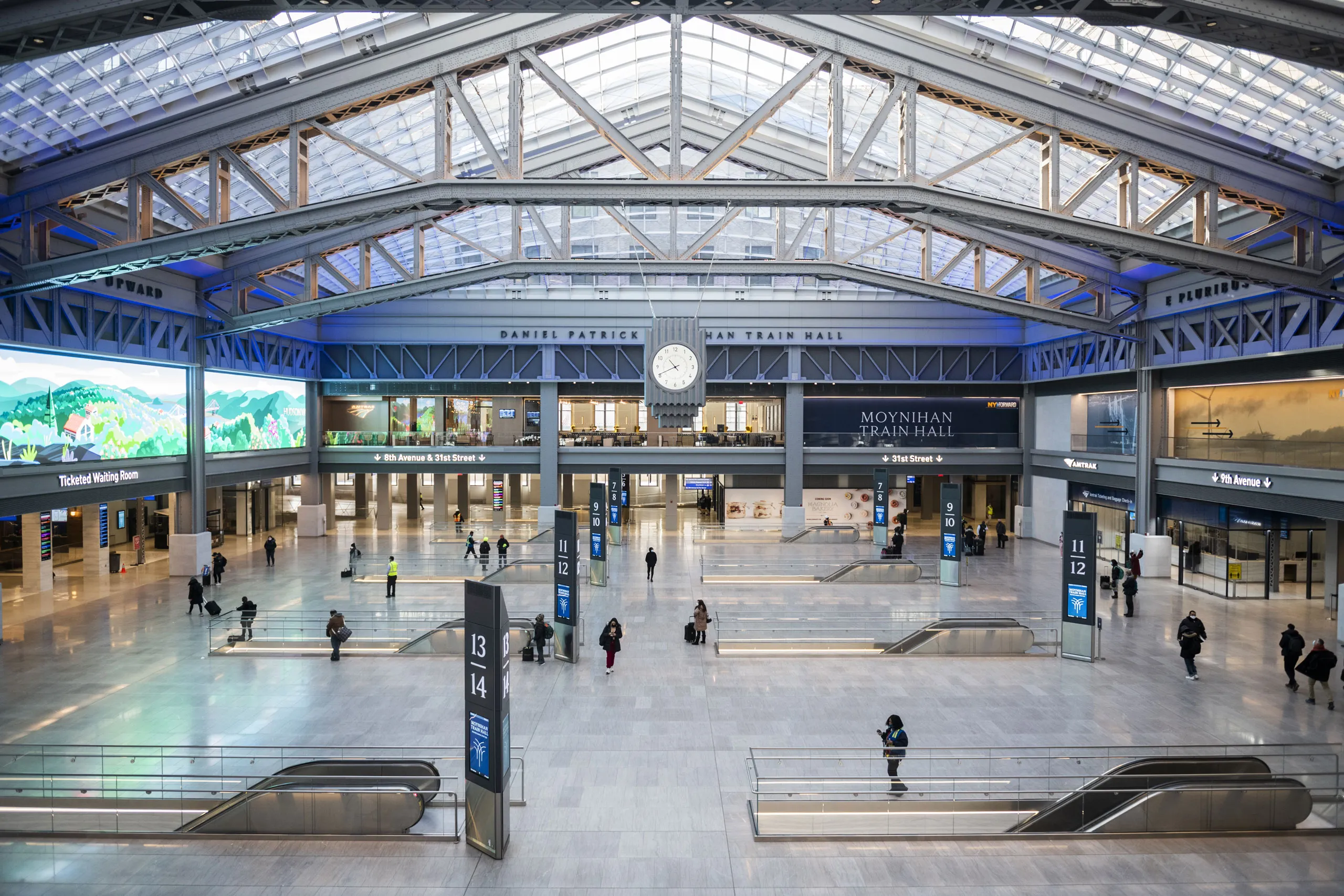






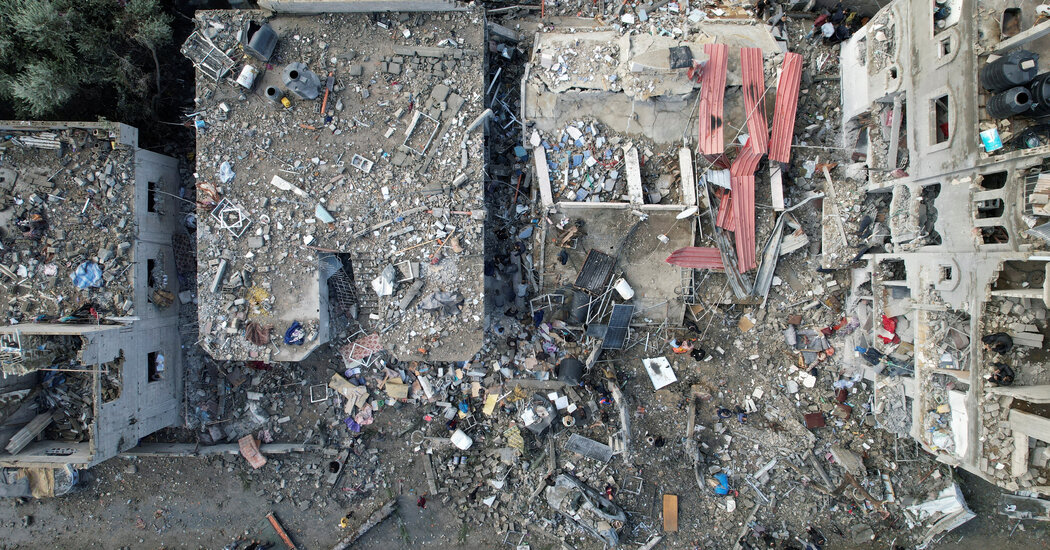


Looks like the reddit embeds were newly added to the page, or weren’t loading correctly last night. Couldn’t tell those links were previews or final designs of what the ad format would look like. Disney pause ads for example have it overlayed on top of the video instead of shrinking the video to have a banner/border around it. https://variety.com/2023/tv/news/pause-ads-hulu-max-peacock-streaming-1235764850/